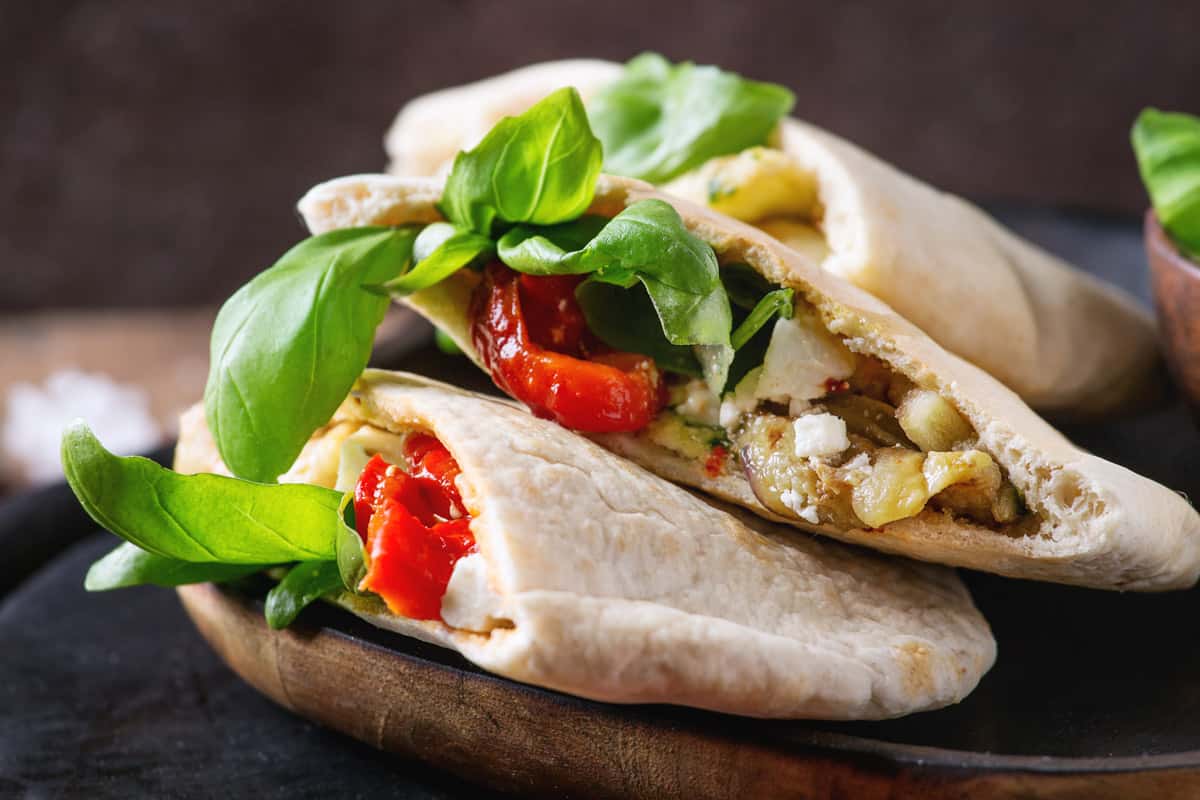Arabic cuisine is celebrated worldwide for its enticing flavors, aromatic spices, and rich cultural heritage. Within this culinary realm lies a hidden gem: the Arabic bakery. These bakeries are enchanting establishments that produce a delightful array of baked goods, each telling a story of tradition, history, and taste. We will embark on a journey through the world of Arabic bakeries, exploring the diverse and tantalizing pastries, bread, and sweets that have captivated taste buds for centuries. From the warm aroma of fresh pita bread to the exquisite sweetness of baklava, join us as we uncover the treasures of Arabic bakery delights.
Bread as the Heartbeat
In Arabic cuisine, bread is the foundation of many meals, and Arabic bakeries are renowned for their mastery of bread-making. Here are some iconic Arabic bread varieties:
Pita Bread: Perhaps the most famous of them all, pita bread is soft, airy, and perfect for scooping up dips like hummus and baba ghanoush. It’s an essential component of many Middle Eastern dishes.
Khobz: Found throughout North Africa and the Middle East, khobz is a round, crusty bread with a hearty texture, ideal for mopping up flavorful stews and sauces.
Manakish: These Lebanese flatbreads are topped with flavorful ingredients like za’atar (a blend of herbs and spices), cheese, or ground meat. Manakish are a popular breakfast or snack.
Barbari Bread: Originating in Iran, barbari bread is characterized by its thick, oval shape, crispy crust, and soft interior. It’s often sprinkled with sesame or poppy seeds for added flavor.
Sweet Confections
Arabic bakeries are also renowned for their sweet treats, which are an integral part of Middle Eastern culture and celebrations. Here are some delightful examples:
Baklava: This iconic dessert consists of layers of flaky phyllo pastry filled with chopped nuts, usually pistachios or walnuts, and sweetened with syrup or honey. The result is a sweet, sticky, and nutty delight that’s simply irresistible.
Ma’amoul: These delicate, shortbread-like cookies are often filled with dates, nuts, or figs. Their intricate designs, created using wooden molds, make them a staple during festive occasions.
Qatayef: These semicircular pancakes can be filled with sweet cheese or nut mixtures and are folded into a half-moon shape. Qatayef is traditionally enjoyed during Ramadan and other special occasions.
Namoura: Also known as basbousa or revani, namoura is a sweet semolina cake soaked in fragrant rosewater or orange blossom syrup. It has a unique combination of textures, with a slightly crunchy exterior and a moist, tender interior.
Savory Offerings
Arabic bakeries also excel in savory delights, offering a variety of stuffed pastries and pies. Here are a few savory gems:
Sambousek: These crispy, golden pastries are typically filled with a mixture of spiced ground meat, onions, and pine nuts. They make for a delightful appetizer or snack.
Fatayer: These triangular pastries are filled with various savory fillings, such as spinach, cheese, or minced meat. They are baked to perfection, resulting in a satisfying and flavorful snack.
Murtabak: Popular in Arabian Gulf countries, murtabak is a savory pancake stuffed with a mixture of minced meat, onions, and spices. It offers a hearty and bold flavor profile.
Kibbeh: Kibbeh comes in various forms, including baked or fried patties made from ground meat (usually lamb or beef), bulgur wheat, and aromatic spices. The exterior is crisp, while the inside is savory and tender.
Arabic bakeries are a treasure trove of flavor, tradition, and craftsmanship. Whether you’re enjoying the simplicity of freshly baked pita bread, savoring the layers of baklava, or relishing the intricate designs of ma’amoul, these bakeries offer a taste of culture and history with every bite. Explore the world of Arabic bakery delights and embark on a culinary journey that’s as rich as it is delicious.





